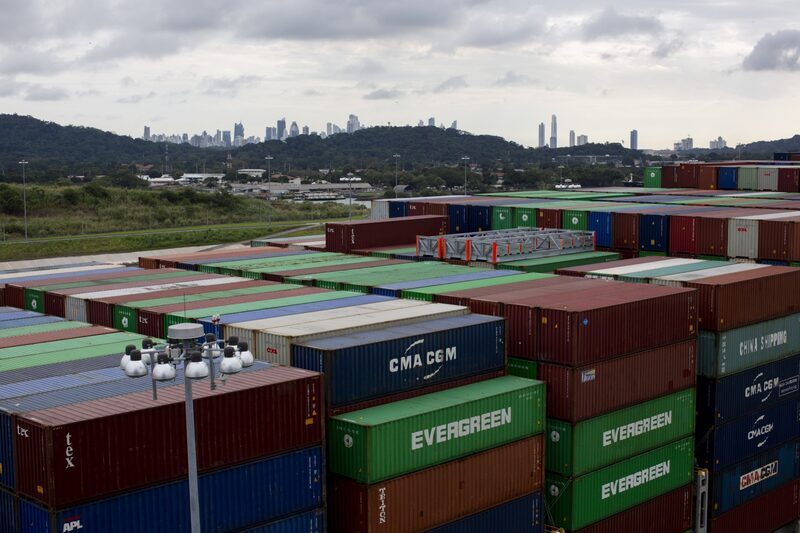Panama City — Panama is aiming to attract companies whose products and processes are sustainable, in the areas of logistics, digital, food production, energy and tourism, with the goal of becoming the investment hub of Latin America and the Caribbean.
Panama’s strategy is based on the country’s dynamic and growing economy, its unparalleled connectivity due to its geographical location and its access to the inter-oceanic Panama Canal, the country’s safe environment and the benefits offered by its special regimes for foreign investment with tax, labor and immigration incentives.
Carmen Gisela Vergara, executive director of the Agency for Investment Attraction and Export Promotion (ProPanama), told Bloomberg Línea that the agency is working hard to support the creative and digital industries, as well as the industrial, services and agricultural sectors, accompanying them in the search for new markets.
“We have face-to-face and virtual fairs, and now, for example, we are planning our participation in the Latin American Services Association, a virtual fair that will include Panama and Latin American companies,” she said.
Far from the well-known leading contribution to the Panamanian economy made by copper exports, as well as cucurbitaceae, which include squash, cucumber and watermelons; seafood, bananas and pineapples, the country is now also focusing on the export of different varieties of spices, honeys and barbecue sauces with tropical flavors, gluten-free flour and other products that are finding welcoming markets worldwide.
In 2021 Panama’s exports totaled $3.55 billion, and which also include copper concentrate shipments, an increase of 106.2% over the previous year’s figure of $1.72 billion, according to the Ministry of Trade and Industry.
Shipments of copper and bananas led total Panamanian exports in 2021 and represented, respectively, 79.1% and 4.1% of the total, followed by exports of palm oil and raw teak (both of which represented 1.2%), and iron or steel scrap, with 1.1%.
Additionally, the ministry’s figures show that, in December, prepared palm hearts and toilet soaps (including medicinal soaps) were exported for the first time in the 2010-2021 period.
The main destinations of Panamanian exports last year, Including low-grade copper exports, were China, Japan, South Korea, Spain and India, although if those exports are excluded, local products mainly went to the markets of the United States, the Netherlands and India.
As of February 2022, Panamanian fresh fruit exports had a value of more than $11 million.
The executive director of ProPanama said that to boost exports, the agency has specific work plans for each sector of the economy, stressing that the goal is to turn the country into the investment center of the Latin American and Caribbean region.
Regarding the creative industries, she said that the fashion sector is being promoted, a value chain that involves many entrepreneurs, and that, in addition to giving a boost to creativity, supports the inclusion of women in the production process.
The Panamanian creative fashion industry entered the Dubai market in 2021, where there are already buyers, and is setting its sights on potential markets such as Mexico and the United States.
Vergara said that to expand its export outlook, Panama is part of ConnectAmericas, an initiative of the Inter-American Development Bank (IDB), which consists of a digital platform of social networks to help companies in Latin America and the Caribbean, especially small and medium-sized ones, to expand into international markets.
Through ProPanamaConecta, entrepreneurs will have access to more than 400,000 contacts in 110 countries that are part of ConnectAmericas, as well as to its content, business support services, events, business communities, and procurement announcements from public and private entities.


